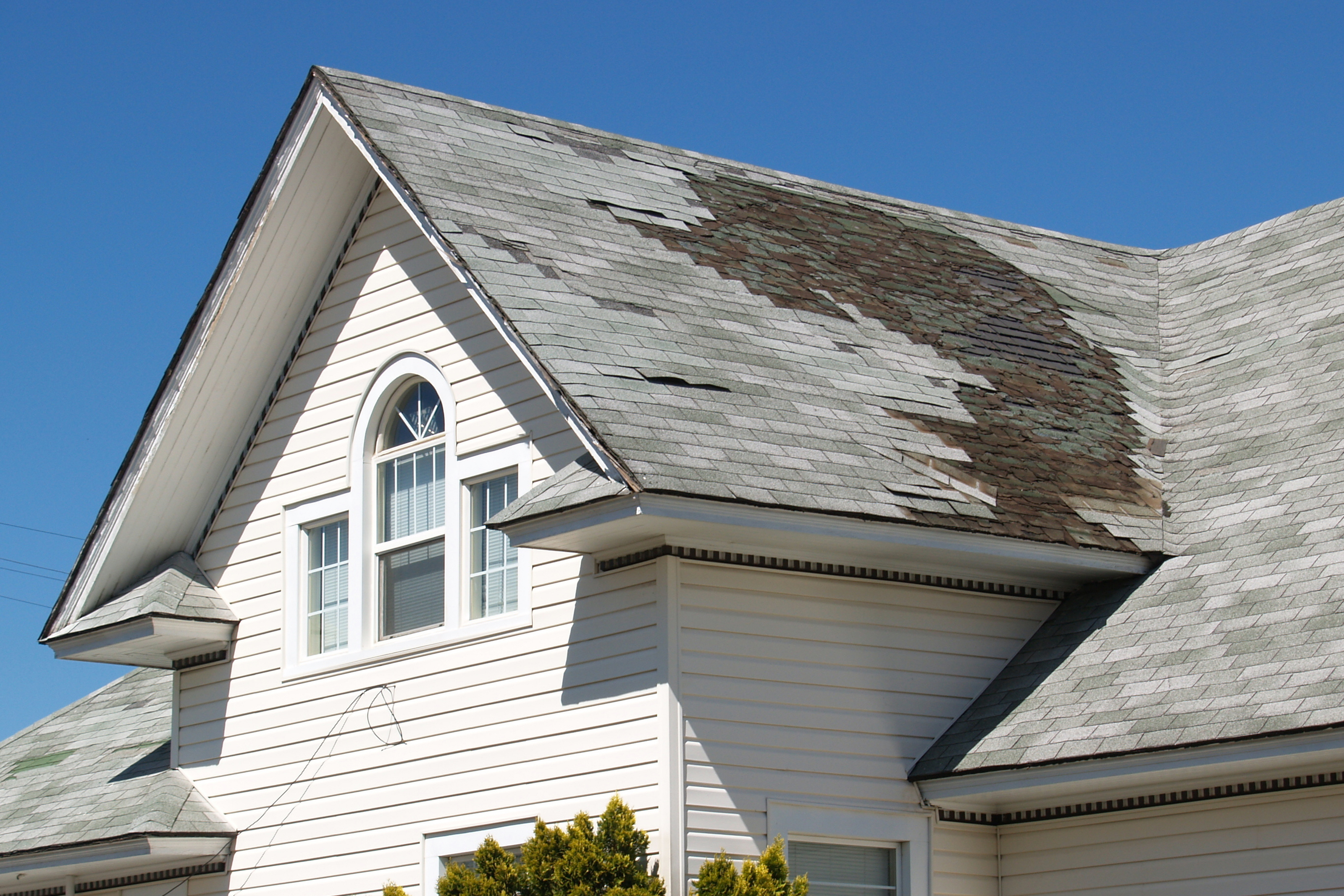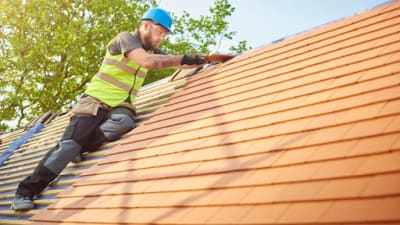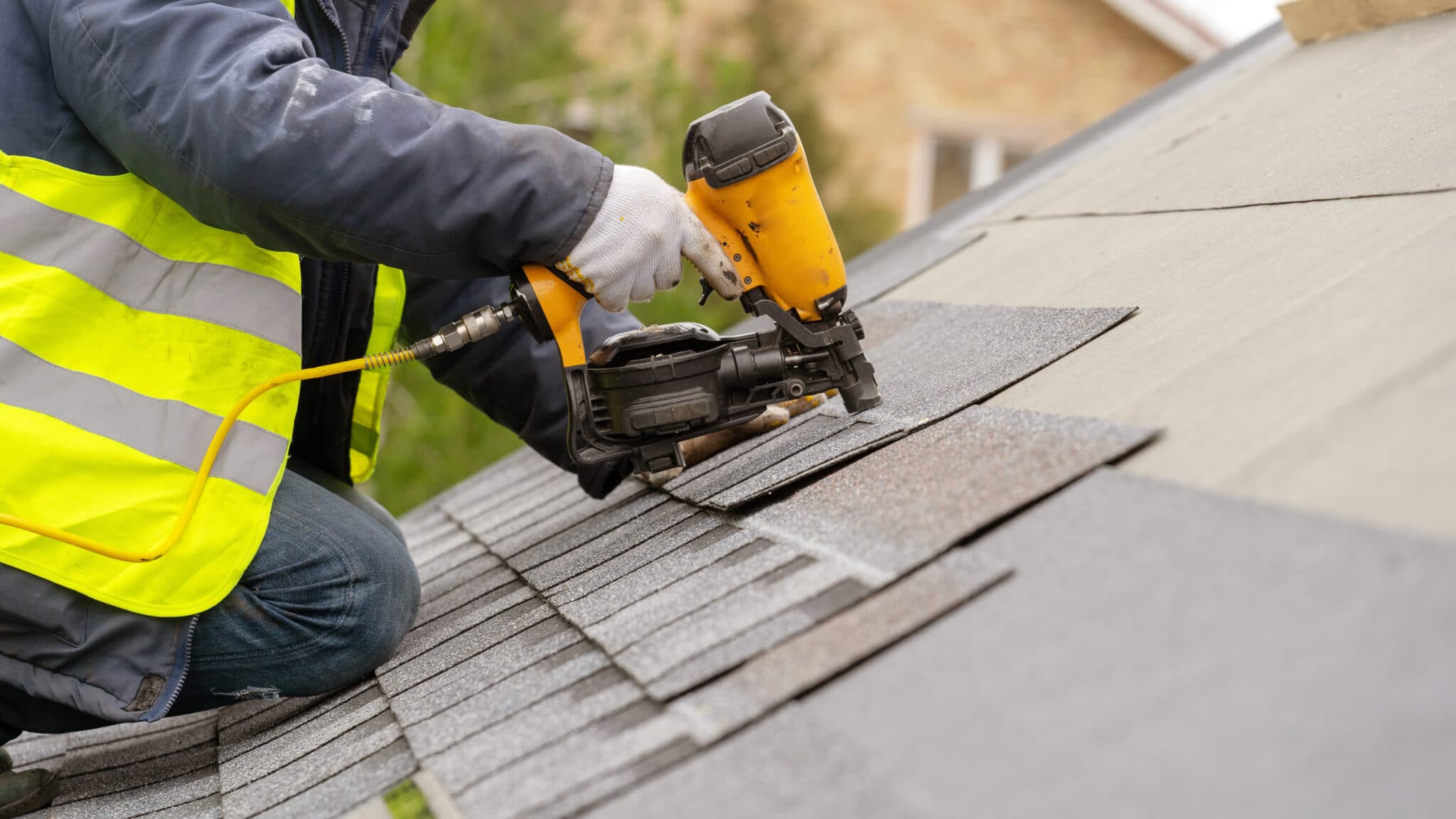Roof Repair Oahu: Expert Roof Services for Lasting Protection
A House owner's Guide to Types of Roofs: Picking the Right Style for Your Requirements

Popular Roof Styles
When it involves picking a roofing design, property owners typically evaluate their choices carefully to make certain both visual charm and functionality. Amongst one of the most prominent styles are the gable, hip, and flat roofs, each offering unique advantages and aesthetic attributes.
Saddleback roofs, defined by their triangular shape, are preferred for their easy design and efficient water drainage. This style is particularly fit for regions with hefty rains or snow, as it decreases the danger of water merging.
Hip roofings, which slope on all 4 sides, provide extra security and sturdiness, making them an exceptional selection for areas prone to high winds. Their building intricacy permits better layout versatility and can improve the total curb charm of a home.
Flat roofings supply a contemporary visual and take full advantage of usable exterior space, making them popular for city setups. While they require even more maintenance to avoid water buildup, their sleek look can match modern architecture.
Inevitably, the choice of roofing system style should show the home owner's personal preference while taking into consideration factors such as local environment, architectural design, and possible resale worth. Each style adds uniquely to a home's total character and performance.

Material Options
Choosing the appropriate roof covering material is just as important as picking the ideal style, as it significantly affects the roofing system's longevity, upkeep needs, and general visual. roofers oahu. Property owners have a variety of options to consider, each with one-of-a-kind benefits and disadvantages


Steel roof offers outstanding durability and long life, usually surpassing 50 years, while also being lightweight and resistant to fire and rot. Metal roofs can be much more costly upfront.
Clay and concrete floor tiles supply a traditional appearance and outstanding life expectancy yet require a durable structure as a result of their weight. These materials are resistant and extremely durable to extreme weather. Timber shakes provide a rustic aesthetic yet demand routine upkeep to stop rot and bug damages.
Lastly, artificial roof covering products, such as rubber or plastic composites, mimic the look of traditional materials while being light-weight and low-maintenance. Inevitably, the choice of roofing material should straighten with the homeowner's budget, preferred lifespan, and maintenance choices, guaranteeing a suitable match for their certain demands.
Power Performance Factors To Consider
Power performance plays an essential role in the overall efficiency of a roofing system, influencing both ecological sustainability and home owner energy costs. When picking a roof, it is vital to consider products and designs that enhance energy effectiveness. For example, reflective roof covering products, commonly referred to as "awesome roofings," can substantially lower warmth absorption, decreasing indoor temperature levels and decreasing the requirement for air conditioning.
Additionally, the roofing's color and incline can affect its energy performance. Lighter shades normally show much more sunshine, while considerably pitched roofs promote much better airflow, lowering heat build-up - roofers oahu. Insulation additionally plays a vital role; a well-insulated roof covering can stop warmth loss in winter and keep insides cooler in summer season, hence boosting energy financial savings
Additionally, integrating energy-efficient roofing alternatives with photovoltaic panels can even more decrease energy prices and reliance on nonrenewable resources. Property owners must also think about local climate problems when selecting roof materials and styles, as these aspects directly influence energy usage.
Maintenance Demands
The long life and performance of a roof are significantly influenced by the upkeep needs associated with its style and products. Different roofing types demand differing degrees of upkeep, which can influence both the homeowner's time and budget plan.
Asphalt tiles, for example, usually need yearly inspections to examine for wear and tear, including split or missing shingles. Regular cleaning of rain gutters is vital to avoid water damages and extend the roofing's life-span. Steel roofs, while resilient, still require regular checks for corrosion and sealer honesty. These roofs also gain from cleansing to keep visual allure and capability.
Tile roofs, understood for their long life, need much less constant maintenance however need careful evaluation and replacement of harmed ceramic tiles. Level roof coverings, although using contemporary my review here visual appeals, usually require more focus; they need routine inspection for merging water and particles elimination to stay clear of leaks.
Inevitably, comprehending the upkeep needs connected with different roof designs makes it possible for homeowners to make enlightened choices, ensuring the picked roof aligns with their way of living and commitment to maintenance. Prioritizing upkeep will boost the roofing system's efficiency and prolong its life span, giving assurance for many years to find.
Effect on Resale Value
When taking into consideration a new roof covering style, home owners ought to identify that the choice can substantially influence the property's resale value. An appropriate roofing system not only enhances aesthetic charm however additionally indicates to potential customers that the home is well-maintained and structurally audio. Various roof covering materials and designs carry varying degrees of value in the realty market.
As an example, asphalt tiles are preferred due to their affordability and large range of shades, commonly interesting budget-conscious customers. Conversely, a steel roof covering, while much more costly ahead of time, supplies long life and power performance, which can bring in purchasers seeking reduced maintenance and sustainability. Additionally, unique styles such as slate or ceramic tile can add a touch of high-end, possibly boosting the home's worth in upscale markets.
Regional preferences also play a vital duty; homes in locations with heavy snowfall might take advantage of considerably pitched roofing systems, while seaside regions might favor long lasting materials immune to deep sea corrosion (roofers oahu). Inevitably, homeowners should consider both visual allure and sensible advantages when choosing a roof covering. A thoughtful option makes Get More Information sure that the financial investment not only satisfies individual needs but additionally improves the residential or commercial property's bankability and resale possibility
Verdict
In verdict, choosing the proper roof covering design necessitates a mindful evaluation of different aspects, consisting of regional environment, building design, and upkeep demands. Each roof covering option, whether it be gable, hip, or level, has distinct benefits and drawbacks that impact power efficiency and potential resale worth. Ultimately, a well-informed choice relating to roofing selection can boost the he has a good point visual allure, performance, and longevity of a home, ensuring it continues to be a beneficial asset for years to find.
Selecting the suitable roofing style for your home is a crucial choice that can considerably affect both looks and functionality. While gable roofings stand out in water drain, hip roofs may supply better resilience against wind.When taking into consideration a new roof covering design, home owners must recognize that the selection can dramatically influence the building's resale value. Inevitably, property owners need to consider both visual allure and sensible benefits when selecting a roof.In final thought, picking the proper roofing design demands a mindful examination of numerous elements, consisting of neighborhood environment, architectural design, and maintenance demands.